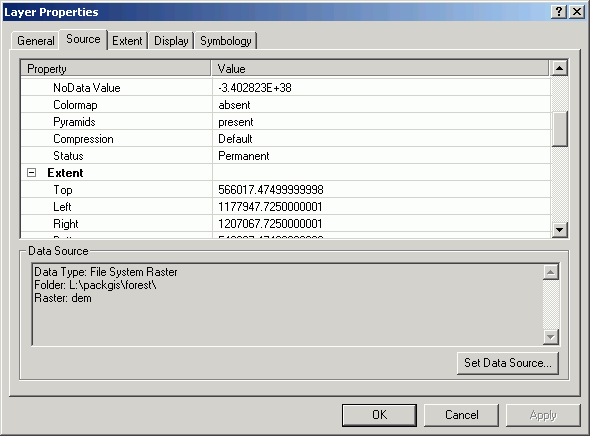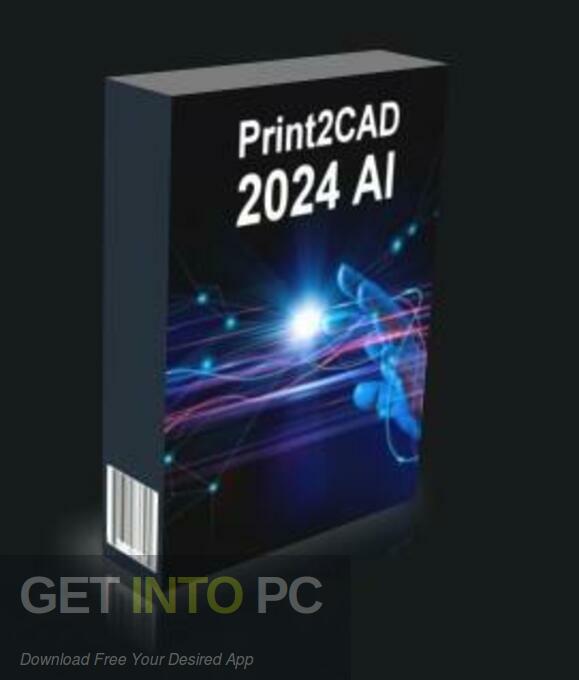


Scale refers to the level of detail displayed. The spatial resolution required depends on the type and scale of analysis, accuracy of the study and limitations such as time and data size. Spatial resolution refers to the cell size and determines the level of detail that will be included within the raster display. Raster data is composed of cells in a grid like structure. Raster data can be stored in various formats including DEM's (Digital Elevation Models), USGS, ESRI Grids, and image formats including JPEG, TIFF, IMG and GIF. Rasters can also be digital or scanned documents that can be used as attributes of a feature collected from a variety of sources such as aerial photography, satellite sensors, scanning maps, surveying, and from converting vector to raster data. Raster data tends to typically provide greater details, has a larger data volume and allows for more advanced analyses than vector data. These data models complement each other but can be converted if necessary using various conversion tools. Vector models serve as the other primary dataset used in ArcGIS. Vector data modelsrepresent discrete points, line and polygons that are not continuous in nature. The smaller the cell size, the greater the resolution and file size of the raster. temperature, elevation, land-use, soil type). The goal of this analysis will be to intersect the raster and the vector datasets to obtain the risk of flooding for each building in the two cities.Problem: Conversion techniques of vector data to raster data.Īnalysis Procedures: Raster data is a field based data model that represents geography as a continuum though using grid cells that store attribute values, but can also be used as discrete thematic rasters (i.e. A dataset with Wales building footprints in vector format, as provided by Ordnance Survey.This is raster data, kindly provided by our friends at Fathom for the south of Wales. A flood hazard dataset, providing projections of fluvial, pluvial, and coastal flood inundation risks at 10 meter resolution, updated with 2020 climate state.In order to do so we are going to use the following data sources: In this case, we are going to analyze the average risk for flooding for buildings in the cities of Cardiff and Swansea. This analysis can be useful for insurance underwriting, climate change mitigation, urban planning, real estate management etc. To illustrate some functionality offered by the raster module, let’s work on a real example! We are going to calculate the potential risk of flooding on buildings across different areas of the south of Wales. Today, the computational power of cloud platforms provides the possibility to run this type of analytics at unprecedented scale and at a much more affordable cost. This in-depth analysis allows for more informed decision making in areas such as urban planning, natural resource management, real estate and insurance. On the other hand, vector data, such as building footprints or administrative boundaries, provide information on aspects such as topography, demographics or housing.īy overlying these two data types, one can get, for example, a complete and holistic picture of the potential impact of natural hazards and the people and infrastructure at risk from them. Raster data, such as satellite imagery or remote sensing data, provides a detailed view of elements on the Earth’s surface (type of crops, elevation, climatology, flood models). The possibility of combining raster and vector data can provide a comprehensive and powerful solution for many geospatial analyses. This publicly available Python library works as a tool for loading and optimizing GIS raster data into cloud-based data warehouses. These functions benefit from the processing speeds and scalability of this data warehouse.Īlongside the raster module in the Analytics Toolbox, we have also made available our Raster Loader, built in collaboration with Makepath. We are happy to announce that we have recently launched in beta our raster module in the Analytics Toolbox for BigQuery, offering a set of functions to operate with raster data natively in BigQuery. However, it does not have yet the support for raster data like, for example, PostGIS does. Raster (right): near infrared imagery showing pixel-based reflection in the near-infrared wavelength spectrum, where more “red” values indicate higher reflection, and a likelier presence of vegetation.īigQuery already has a strong support for vector data with the specific GEOGRAPHY data type and many native functions to perform spatial operations, which can also be extended with our Analytics Toolbox. Vector (left): building polygons from OpenStreetMap in Lower Manhattan.


 0 kommentar(er)
0 kommentar(er)
